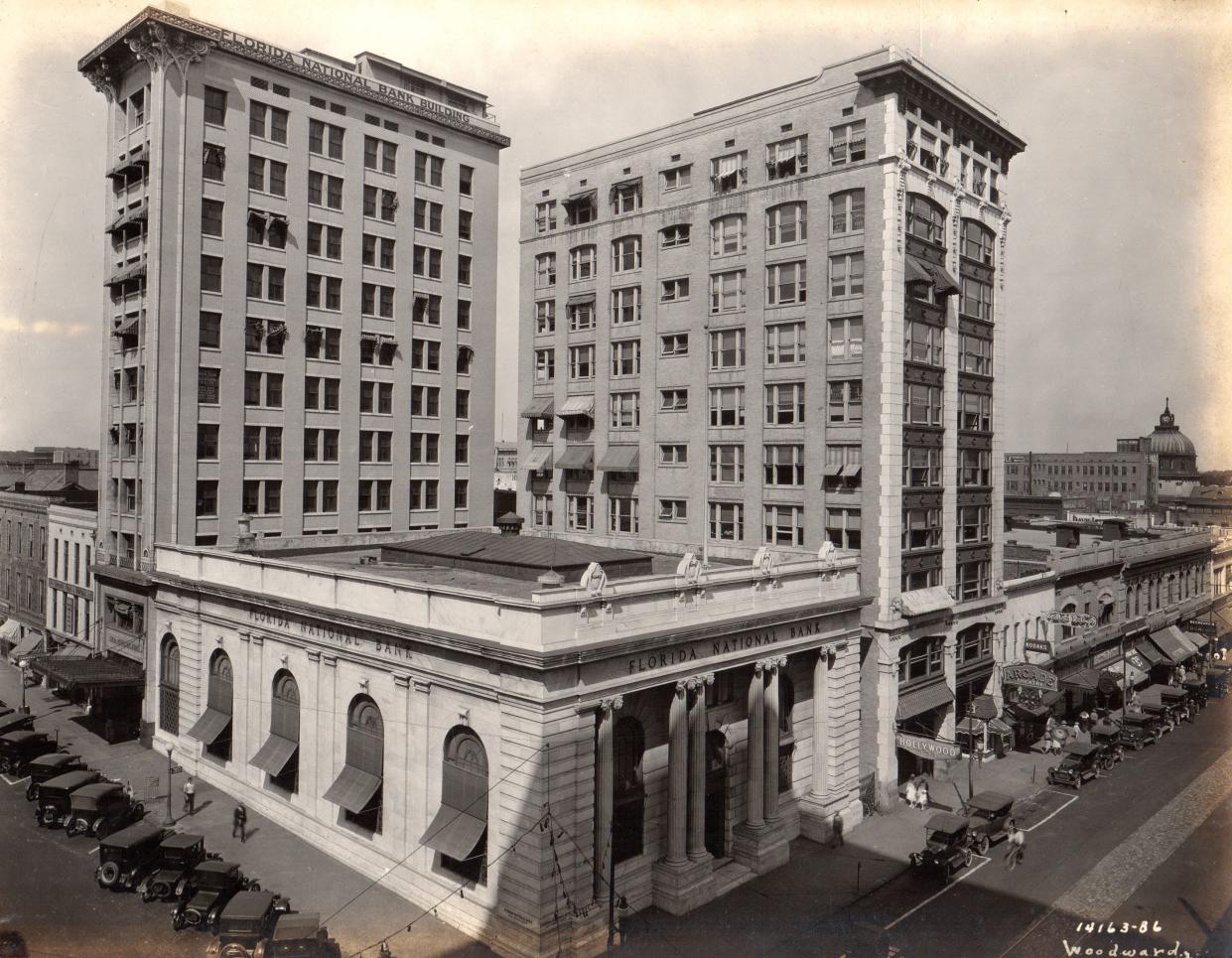History Center CEO: Historic preservation in Jacksonville doesn’t have to be so hard

Why are historic preservation projects so difficult and expensive? The most obvious answer is that architects, engineers and contractors never really know for sure what is within the floors, walls and ceilings of an old building until they get into the project.
When designing and building a new structure, every detail is drawn and specified ahead of time, before the first shovel of dirt is turned. Budgeting for a new construction project is hard enough when every piece of material can be entered into a spreadsheet, competitively priced and scheduled for delivery just when it will be needed.
Every subcontractor can plan each step of the labor necessary to perform their tasks, which allows them to estimate the time and payroll necessary. A skillful, experienced general contractor can even commit to a guaranteed maximum price. But when renovating an old building, there can be no guarantees. Predicting time and materials is next to impossible.
The difficulty of those unknowns is compounded by the fact that genuinely old buildings were designed and built using construction techniques and materials that are practically obsolete. In the 21st century, craftsmen with the patience, tools and skills necessary to work with 100-year-old construction are scarce to nonexistent. Such scarcity makes it difficult to recruit and schedule them.
Additionally, those who can be trained command a level of pay appropriate to their rare expertise.
These factors make budgeting for an historic preservation project unusually challenging. Unreliable budgets make historic preservation projects risky for investors, developers and lenders. A large amount of capital is necessary, but borrowing significant funds to finance such projects can be difficult and expensive.
Lenders who are cautious under the best of circumstances are even more wary of historic buildings, because of the potential for surprises that inevitably translate into the need for more money. One experienced Jacksonville investor often remarks that in historic renovations, there are no pleasant surprises.
That is why specific resources — such as tax credits, historic preservation grants and other financial tools — have been created to supplement private capital in the historic preservation sector. These tools are subject to limitations under the law and within the resources of the agency that provides them.
Because of the legal impact of state, local and federal regulations that control historic preservation incentives, a great deal of flexibility is necessary on the part of investors, developers and lenders.
Newcomers to the field of historic redevelopment are often surprised and discouraged by the sheer complexity of putting together a deal that will be economically sustainable. Complexity means that the process takes time, which in itself adds difficulty to the process. The longer it takes to put a deal together, the more the circumstances surrounding that deal can change.
For starters, historic buildings have often accumulated deferred maintenance and deterioration. The longer such buildings stand idle, the faster they deteriorate. That can create unpredictable complications for the contractors, architects and engineers, which makes realistic budgeting even harder than it already would have been if time would simply stand still for six months (or a year).
'Reckless' proposal? Loan guarantee in Laura Street Trio deal draws rebuke. Sponsor calls attacks unfair.
Time is the enemy of the historic preservation developer in another way. Borrowing large amounts of money and combining that with a series of grants or incentives is known as building the “capital stack.” The stack resembles a Jenga game, where moving a single block can destabilize the entire structure.
The more time that passes in the financial planning phase, the more likely it is that market conditions will shift, making the initial financial plan obsolete even before it can be implemented. A minor change to the interest rate or equity ratio can topple a financial prospectus in a moment.
Letters: Pros, cons on classroom cameras from director of Jacksonville child care center
There’s no question that preserving and adapting a historic building for use in the 21st century is hard — if it were easy, more people would try it. That’s why investors and developers often seek public resources to support their historic preservation and adaptive reuse projects.
For policymakers, choosing whether to commit public resources to a major project, such as the Laura Street Trio that is currently under review, comes down to whether making a project successful serves a public purpose. That choice can be tough, and the answer depends on how much a community values its identity.
The Laura Street Trio consists of three buildings that represented Jacksonville’s rebirth in the decade after its 1901 Great Fire. That story is at the core of our identity as a place. When those buildings were sparkling and new over a century ago, they defined the city of Jacksonville’s ambitions. Today, returning them to an economically sustainable use will represent the same thing.
Successfully redeveloping the Trio in the 21st century will represent Jacksonville’s downtown rebirth as nothing else could, sending the message that the city is once again alive, vibrant and capable of accomplishing ambitious things that make it unlike any other place. In Jacksonville’s third century of existence, that is an identity well worth striving for.

Alan J. Bliss, Ph.D., is CEO of the Jacksonville History Center.
This guest column is the opinion of the author and does not necessarily represent the views of the Times-Union. We welcome a diversity of opinions.
This article originally appeared on Florida Times-Union: Public resources can help projects like Laura Street Trio move forward

